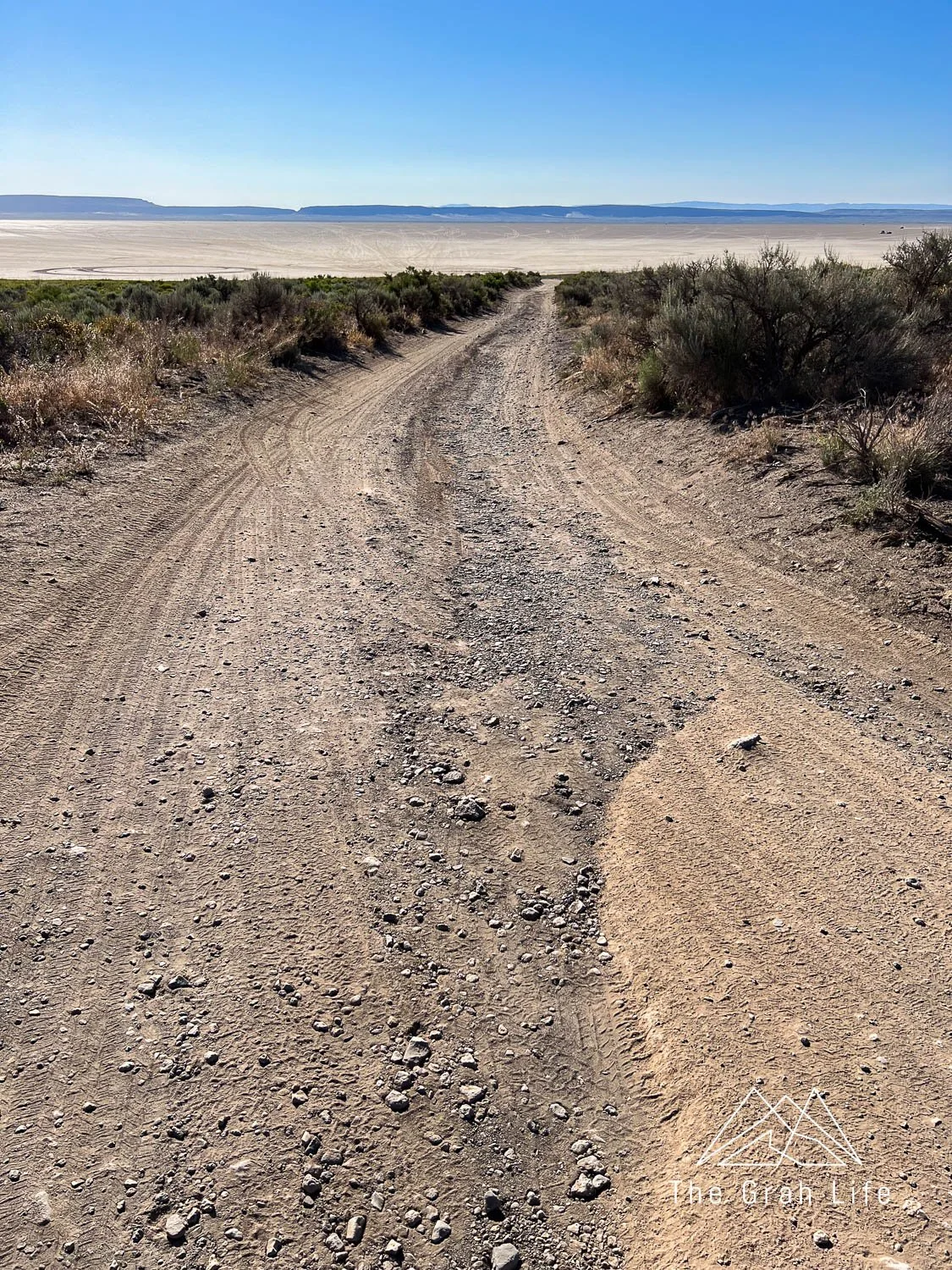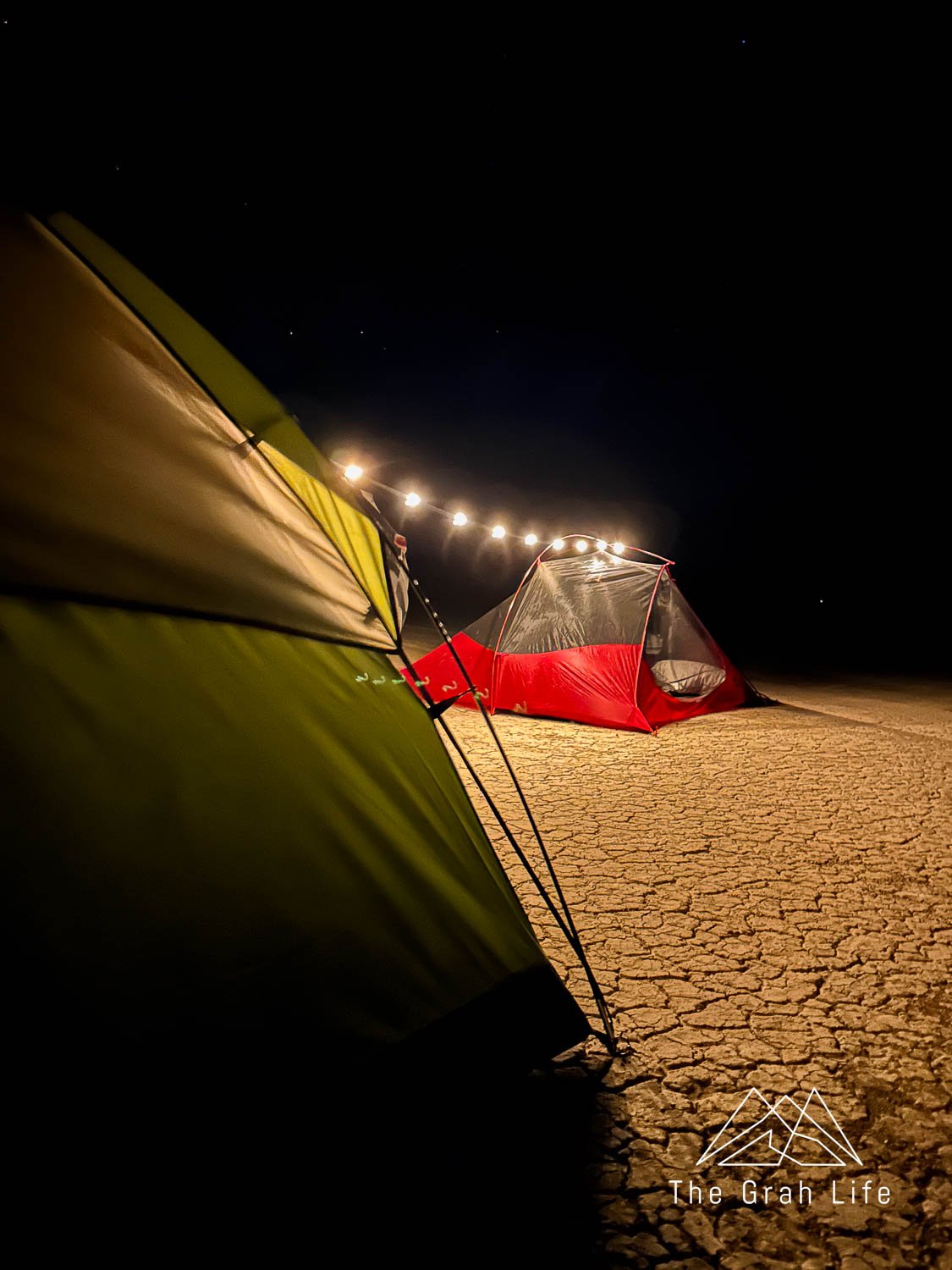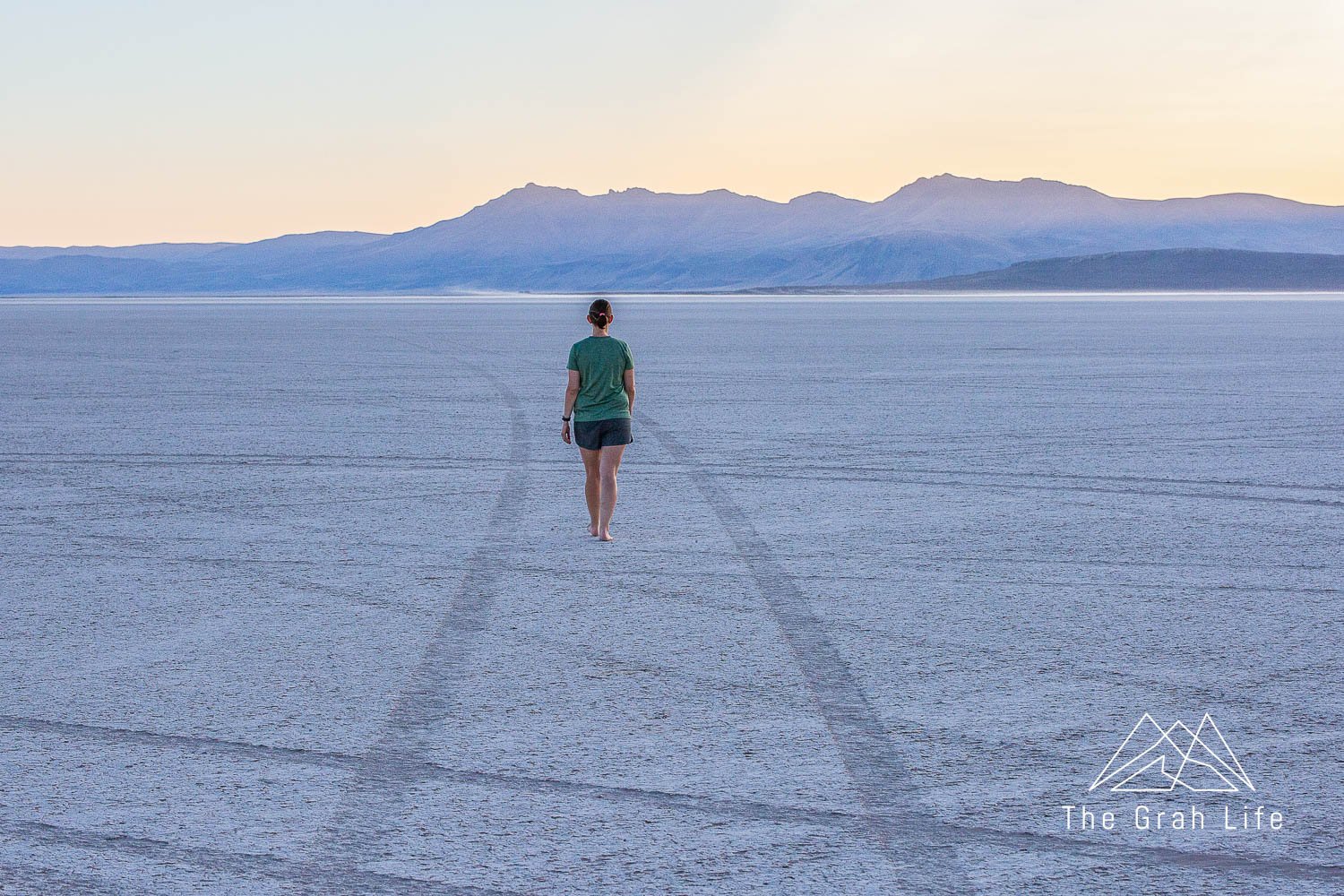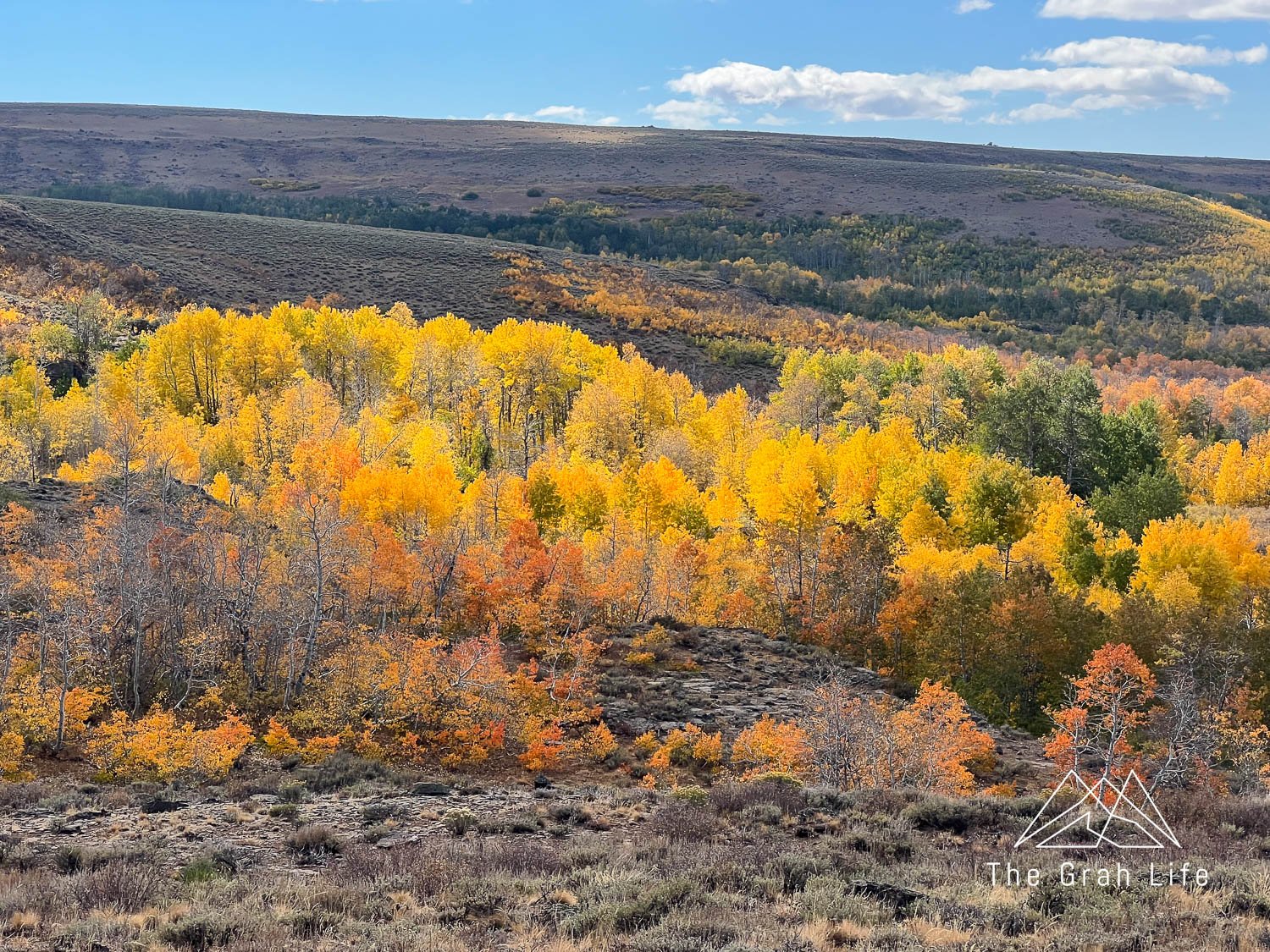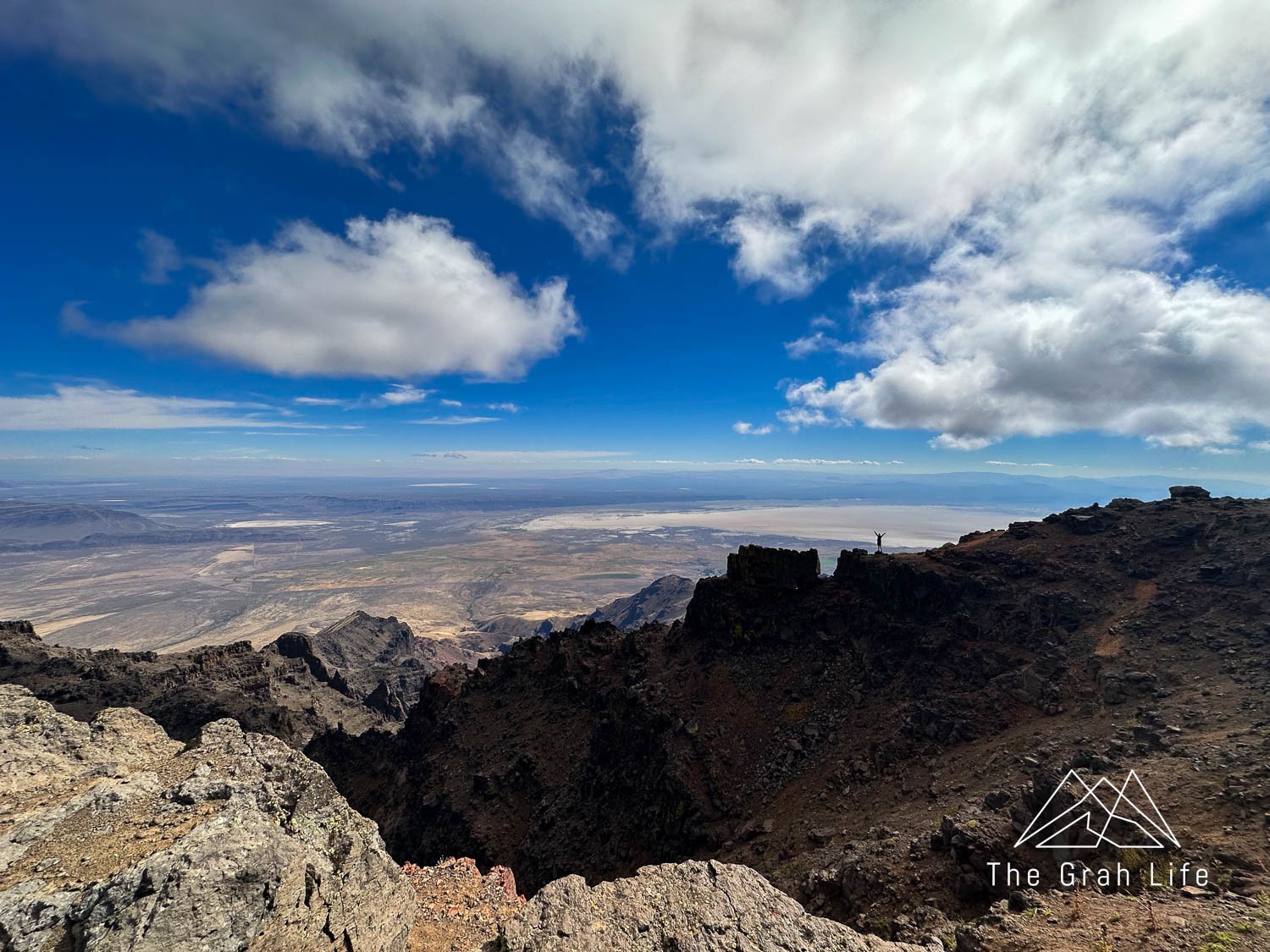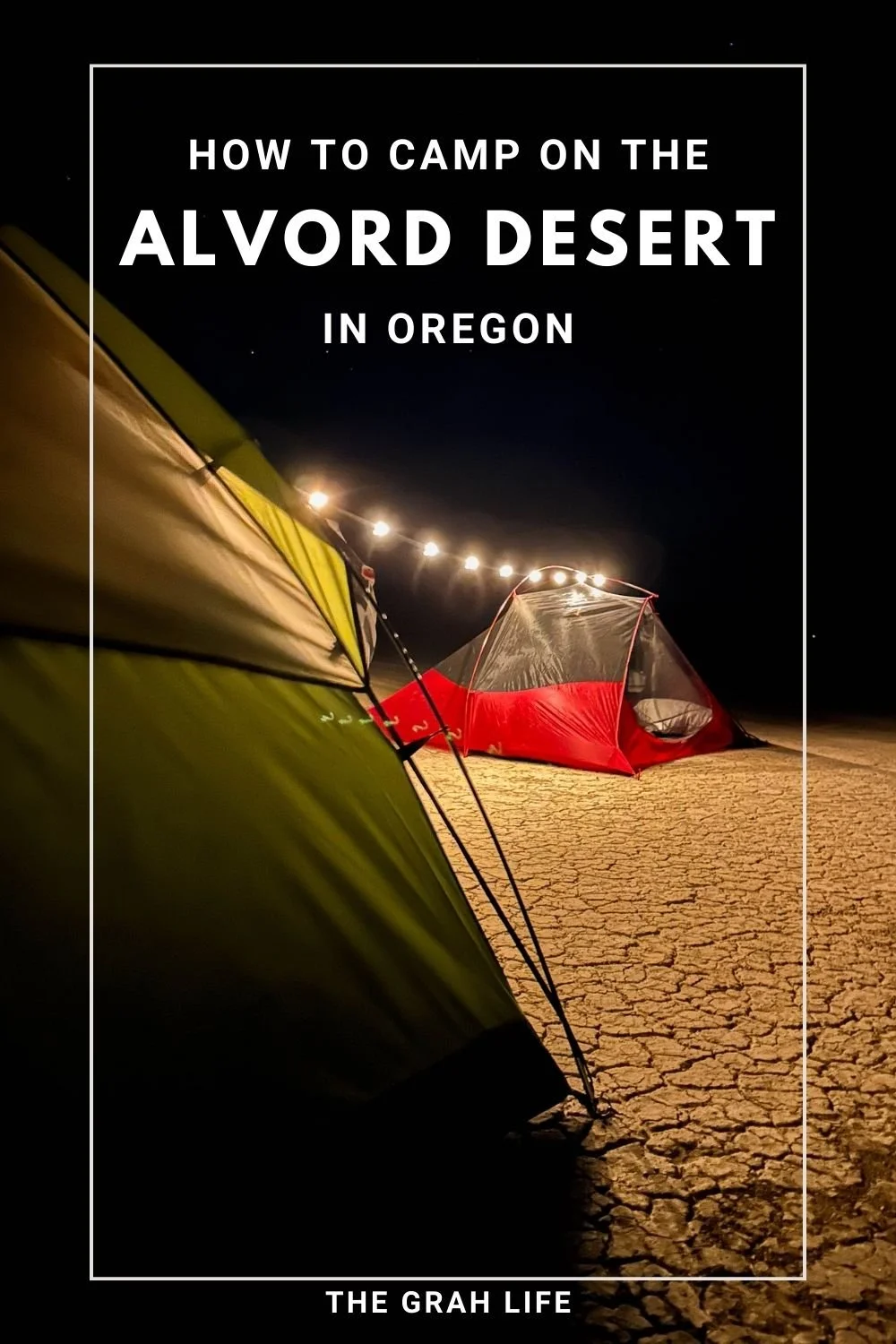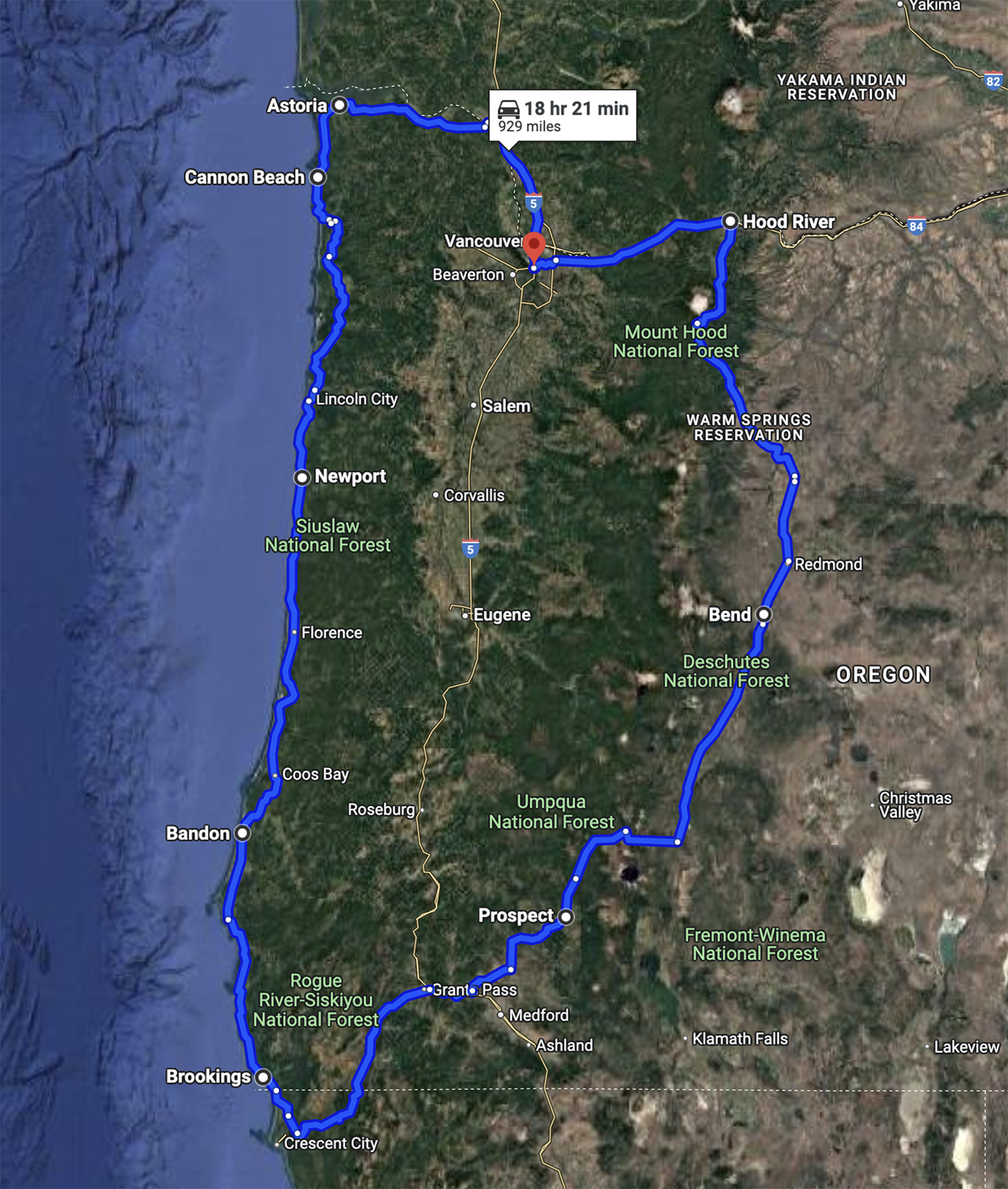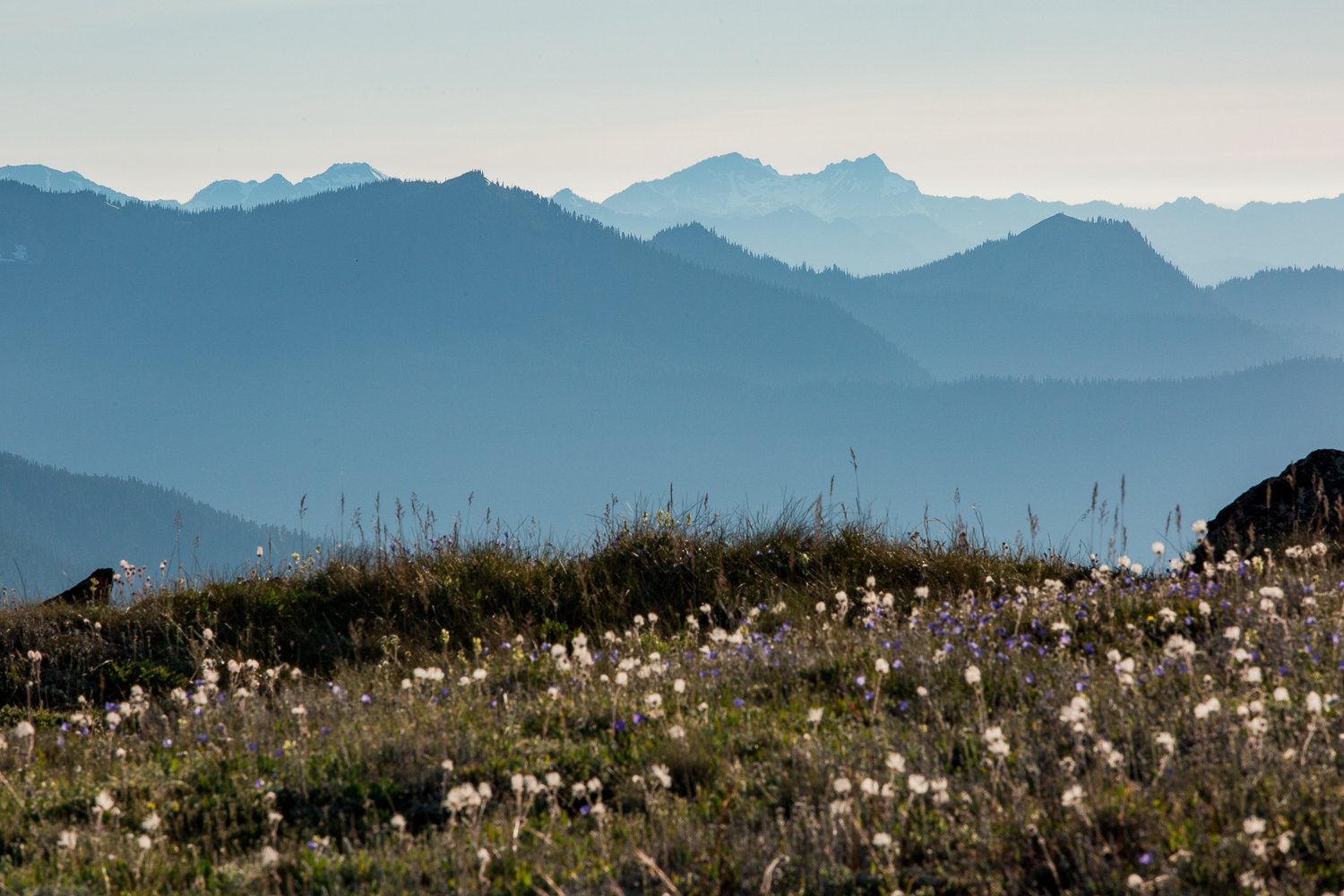How to Camp on the Alvord Desert
It’s surprising that the Alvord Desert isn’t better known. It’s like the Bonneville Salt Flats in Utah but located in the Pacific Northwest. Near the southeastern tip of Oregon, the desert is nestled at the base of the Steen Mountains, near natural hot springs, and has miles of desert to explore and camp — truly an overlander’s paradise!
Click below to skip to a section:
Getting onto the Alvord desert
Best time to visit
July through November
Camping and driving on the Alvord Desert is seasonal. Try to drive on the desert outside this timeframe, and you’ll risk getting stuck in marshes surrounding the desert or mud on the desert.
We’ve camped here three times – in early July, mid-September, and early October – and noticed a few key differences between the months. As you would expect from a desert, it will be very hot as soon as the sun is up and very cool at night.
In July, expect part of the desert to be covered in water. Be extra cautious driving and avoid the darker/wet dirt on the desert. The benefits of camping during this time of year would be getting to see the Steen Mountains reflected from the lakebed. The con is having less desert to camp on (our nearest neighbors were about a mile away rather than two to three miles away during our other trips). The nighttime temperatures weren’t warm, but we slept under a bundle of blankets rather than our toasty backpacking sleeping bags.
August will have very similar weather conditions, and it begins to cool down in September. During the daytime in September, the desert still feels very hot, but you’ll need to pack for cooler nights as well.
Temperatures in October felt more extreme. It still felt hot in the surrounding areas throughout the day, but we bundled up at night. We expect November would be all around chillier, with snowfall in the mountains as well.
Check the weather forecast here.
Getting onto the Alvord Desert
There are multiple ways to access the Alvord Desert. The first and easiest is through the Alvord Desert Hot Springs. Stop by the office, pay a $20 fee, and you’ll receive a code to unlock the gate that leads to the desert. Each time we’ve used this road, it’s been suitable for any vehicle.
The road via the hot springs
You can also use the entrance at Frog Springs. Stop at the pit toilet and dumpster before turning left to enter the desert. Road conditions weren’t terrible when we were there, but there were large ruts and potholes, and we needed a spotter to direct us. Walk the road first and make sure your vehicles are capable before proceeding – high clearance is recommended.
The Frog Springs road — larger washouts further into the road
After entering the desert, make sure you drive straight until you’re clearly out of the creek drainage area. Keep an eye on the forecast as well. Driving conditions are best if it’s been dry for several days. You don’t want to call a tow truck out there!
How to camp on the Alvord Desert
The desert is 12 miles long and seven miles wide, so it’s possible to explore and camp without running into another person for miles. There are no established campsites on the desert, so this is dispersed camping at its best. This means you’ll need to provide everything you need to survive overnight and can camp nearly anywhere you like on the desert.
Do
Pay attention to where you enter the desert.
Drop a pin on your map and notice what landmarks are nearby and visible from a distance.
If you’re struggling to find a road out, notice where others are entering and exiting the desert.
Consider camping near the mountains or edges of the desert if it’s windy.
Tie down and secure all tents, awnings, and camp furniture.
Use your vehicle as a wind/morning sun block.
Keep your campsites spaced out from others.
Don’t
Stay away from the western edge of the desert. It’s private land that cannot be fenced, so respect the owners and choose another spot to make camp.
Camp near the entrances to the desert — passing cars will make your campsite a dusty mess.
Activities
The Alvord Desert is so isolated that it will likely take you hours to reach. Thankfully, there is plenty to see and do along the way.
Alvord Hot Springs
The hot springs are located next to the Alvord Desert, offering campsites, and bunkhouses (bring your own sleeping bag style), along with the road to easily access the desert and hot springs.
Overnight visitors can use the hot springs at any time — it’s adults only and clothing optional after 9:00 pm — and day-use visitors are welcome during normal business hours.
Do test the water before soaking because the water comes out of the ground at 170 degrees. Cool off the pool by dumping buckets of cold water in and using the valve shut offs. There are two pools, and each fit between two and six people. They are rather rugged, so think more “natural and off-grid” than a luxury spa.
If you’re interested in exploring more hot springs in the area, check out this list.
Bunkhouses at the hot springs
Stargaze
Eastern Oregon is sparsely populated, so your typical light pollution from cities isn’t a problem here. It’s also the driest spot in Oregon — only receiving seven inches of rain each year — so you’re bound to have clear skies. Time your trip with the new moon to have the darkest skies and the best viewing conditions.
Fields Station
On our first trip to the Alvord Desert, we planned on making breakfast on the desert ourselves, but it got very hot as soon as the sun rose. Instead, we ended up eating a quick snack, quickly packing up, and purchasing a meal at Fields Station. Since then, this is what we’ve done each time camping here. It’s so worth it!
Don’t forget to try one of their famous milkshakes and gas up here too. Stopping here puts you in the perfect position to explore the Steen Mountains Loop.
Steen Mountains Loop
This drive is part of the High Desert Discovery Scenic Byway. The unpaved loop takes you to the summit of the Steen Mountains — 9,728 feet high, with viewpoints of gorges, the Alvord Desert, and lakes along the way.
In total, it takes about two hours to complete from Fields to the summit and back down to Frenchglen. You’ll find more beautiful campgrounds to stay in along the way and it’s especially scenic in October when the foliage is changing colors and the hills are a mix of orange and red.
You’ll find the entrance to start the loop from the south at these coordinates: (42.721496, -118.998850) and you’ll see a sign for the Steen Mountain Loop shortly after pulling onto the road. The northern side of the loop ends in Frenchglen here: (42.825422, -118.913871).
Scenic byways
There is no shortage of scenic drives in Oregon. Take a scenic route on your way to and from the desert no matter which direction you’re headed.
So far we’ve enjoyed the Journey Through Time Scenic Byway, the Blue Mountain Byway, and Mount Hood Scenic Byway on our way back to Washington. We’ll be looking into the Outback Scenic Byway and the Diamond Loop Tour for our next trip to this region.
The Painted Hills along the Journey Through Time Scenic Byway
Hike
Although we love hiking, we have yet to hike here because of the heat and tight trip timelines. If you do choose to hike, start early with plenty of sun protection and water.
Try these trails:
Wild horses
Kiger Mustangs, a herd of wild horses, roam throughout the Big Summit Wild Horse Territory within the Ochoco National Forest. Book a tour with the Steens Mountain Guest Ranch for a chance to see the horses in the wild or visit the BLM Wild Horse Corrals to view wild horses they’ve captured in order to control the population.
Camping
There are plenty of campgrounds near the Alvord if you’d like to extend your trip and explore various areas. Our favorite campgrounds are in the Steen Mountains. They were busiest during October (hunting season) but you’d likely be able to find walk-in sites throughout the summer and fall seasons and Crystal Crane Hot Springs makes for a great backup option.
Views in the Steen Mountains
Leave no trace
As always, following the leave no trace principles are a must. For this area, it means you’re responsible for packing out all your trash, even human waste. Use the toilets at Frog Springs or the Alvord Desert Hot Springs before entering the desert and bring a wag bag to use on the desert. Digging catholes here doesn’t work since it’s a lakebed.
Fires aren’t allowed either, so refrain from campfires and fireworks.
Pets are allowed but please follow B.A.R.K rules.
B: Bag poop
A: Always wear a leash
R: Respect wildlife
K: Know where to go
Alvord Desert tips
Cell service
You likely won’t have much cell service within an hour or two of the desert, no matter what direction you’re coming from. Have your GPS loaded with backup directions saved. There is no cell reception on the desert either.
Gas stations
Towns, and therefore gas stations are infrequent. Plan your route in advance.
Water
Bring more water than you think you’ll need. The desert is very hot when the sun is out.
Heat
Don’t plan to be on the desert until later in the day. We usually get there in the evening, have fun driving around and choosing a campsite with enough time to get camp setup before sunset.
Wind
High winds are common here, although we’ve never experienced them. Do make sure all your things are secured or put away before turning in for the evening.
Search the blog for more adventures! Try searching for topics such as “mountains”, “road trip”, or “Mount Rainier”.





